Sexism almost sidelined Black women at 1963 March on Washington. How they fought back.
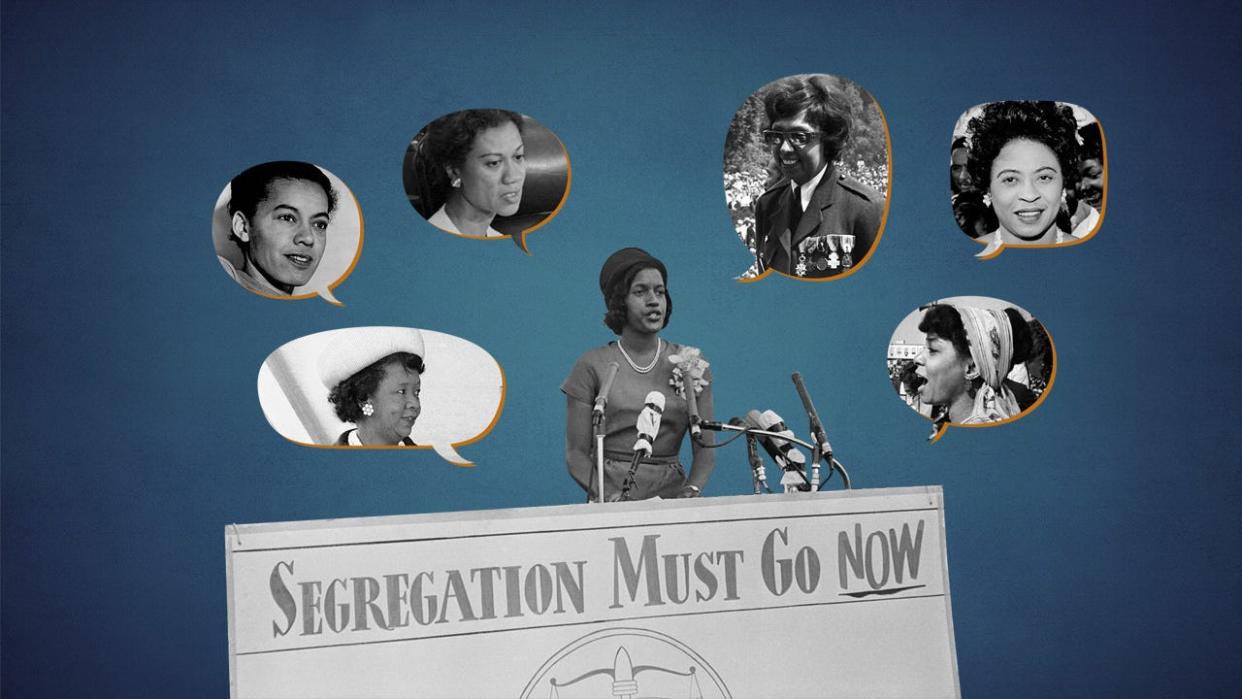
WASHINGTON ? As the preliminary program for the 1963 March on Washington for Jobs and Freedom came together, Anna Arnold Hedgeman noticed a glaring omission in the star-studded lineup of speakers: there were no women.
Hedgeman, a civil rights organizer who helped plan the march and was tasked with mobilizing groups of hundreds if not thousands to attend, wrote a letter to the “Big Six” — John Lewis, Whitney Young, A. Philip Randolph, James L. Farmer Jr., Roy Wilkins and Martin Luther King Jr. — arguing a woman should address the crowd at the Lincoln Memorial.
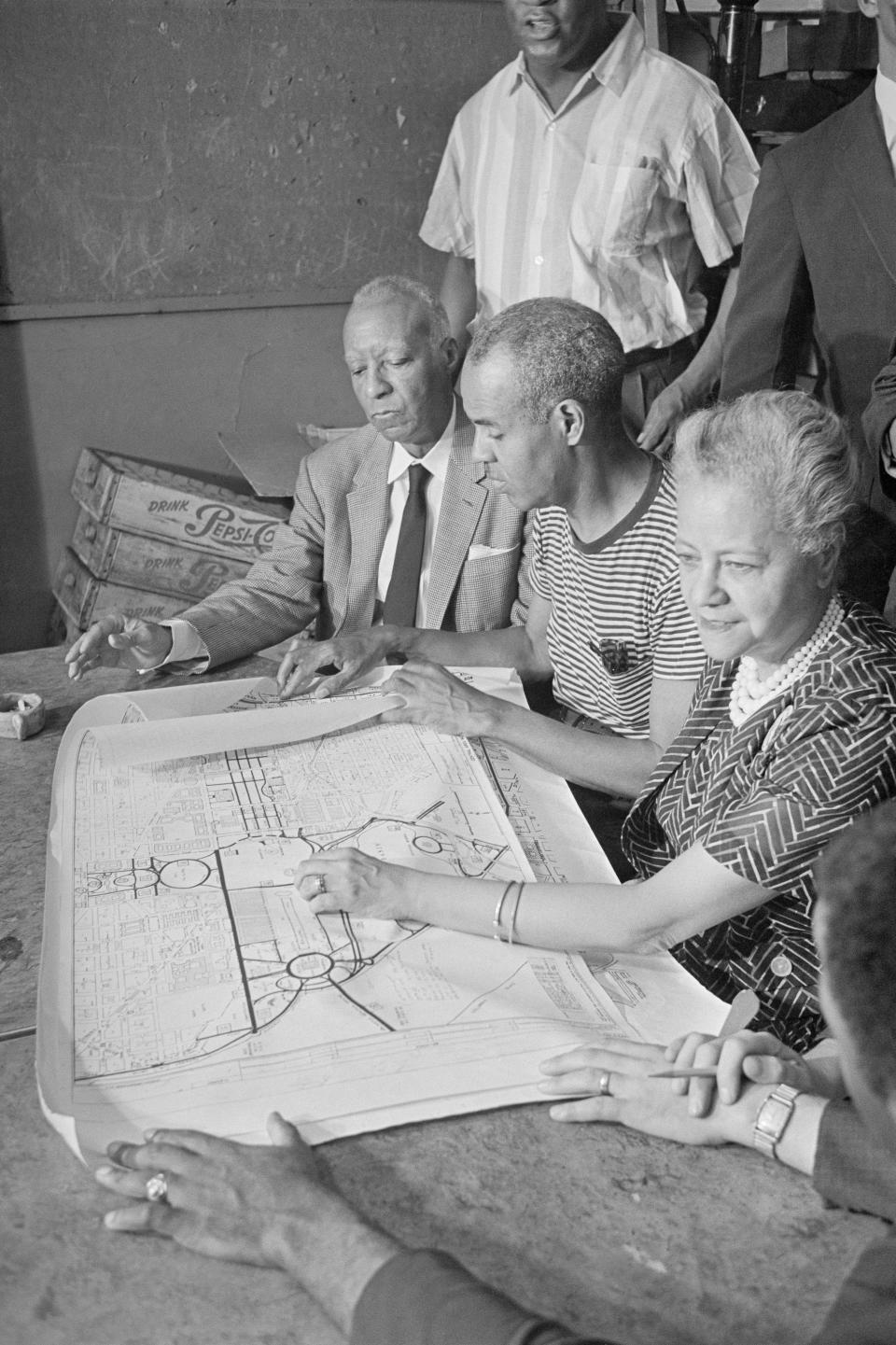
The men ignored her. So, at one of their final meetings, she read the letter aloud, according to Meghan Weaver, a research assistant at the Martin Luther King, Jr. Research and Education Institute.
“In light of the role of Negro women in the struggle for freedom and especially in light of the extra burden they have carried because of the castration of our Negro man in this culture, it is incredible that no woman should appear as a speaker at the historic March on Washington Meeting at the Lincoln Memorial,” part of the letter read.
Thanks to the insistence of Hedgeman and others including Dorothy Height, president of the National Council of Negro Women, and lawyer and activist Pauli Murray, civil rights advocate Myrlie Evers was added to the program — albeit listed as “Mrs. Medgar Evers.”
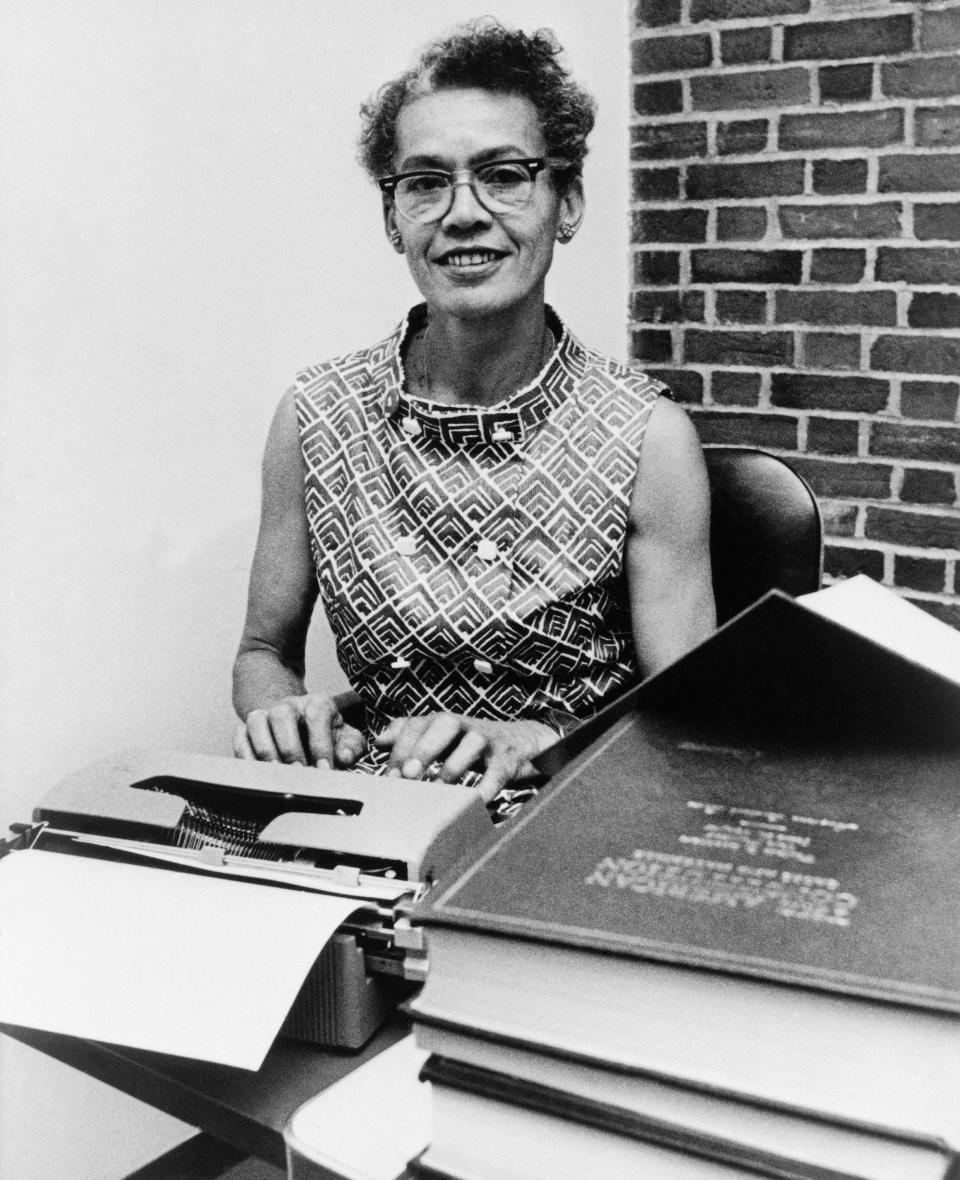
Although a handful of women performed, briefly spoke and were honored at the march, their time in the spotlight was minimal, and many women were not satisfied with the meager recognition of their major contributions to both that event and the broader Civil Rights Movement, historians told USA TODAY.
“The march actually was sort of a galvanizing point for some women of the movement,” Weaver said. “It was really glaring how women had been pushed to the side.”
Explore the series: MLK’s ‘I have a dream’ speech looms large 60 years later
Mobilization depended on women
As with many other demonstrations, boycotts and marches during the Civil Rights Movement, women’s groups and unions representing industries dominated by women, such as healthcare, were among those that drew the most participants to the March on Washington, according to William P. Jones, author of "The March on Washington: Jobs, Freedom and the Forgotten History of Civil Rights." As a result, it’s possible women were overrepresented in the crowd that day, he said.
“Mobilization depended on women's organizations,” Jones said. “Black women recognize this contradiction between the fact that they were really critical to the mobilization and yet they were never asked and often actively excluded from being considered spokespeople for the demonstrations, the public speakers, the public face.”
Other organizations instrumental in planning, mobilizing and raising money for the march included Women in NAACP, the Divine Nine of Black women’s sororities and women from Black churches, Shavon Arline-Bradley, president and CEO of National Council of Negro Women, said.
“Black women have always been organizers and mobilizers, even if they never got that face time on camera,” she said. “The fact remains that Black women were at the forefront of this struggle then and are at the forefront now.”
Rachelle Horowitz, 84, was working as an assistant to march organizer Bayard Rustin when she became transportation director for the event. Despite being bad with directions herself, Horowitz said she was responsible for connecting religious, labor and civil rights groups around the country with the planes, trains and buses that would bring them to the nation's capital.
Horowitz recalled Rustin standing up for her when officials in Washington pushed back on her demand that buses remain in place after dropping people off at the National Mall so marchers could easily find their way back after the event.
"I think had the police chief or the head of the National Park Service looked at me, I mean, they were white men, they would have laughed, right?" said Horowitz, who is white. "But when Bayard said to them 'my transportation director says,' that had an impact."
She said although Rustin and other men occupied higher leadership roles, she and women who planned the march with them "didn't feel put down, so to speak, or under-appreciated as women."
"I felt included," she said. "I mean, if you're 24 years old and John Lewis — even though he's (23), but he's a hero in the South — and Dr. King are calling you on the phone to ask you questions, you feel included."
Women granted a ‘concession’ to their demands at the march
The march began at the Washington Monument, and a number of women gave short addresses at a program hosted by activist and actress Ruby Dee, Weaver said. Rosa Parks, the NAACP activist who led the 1955 bus boycott in Montgomery, Alabama, and Daisy Bates, an activist and writer who helped integrate Little Rock Central High School in 1957, spoke briefly, while entertainer and activist Lena Horne shouted “freedom” into the microphone, she said.
As the crowd moved toward the Lincoln Memorial, the female leaders of the movement marched alongside the wives of their male counterparts on the opposite side of the reflecting pool, which Weaver said was a “source of tension.”
More: 5 things you didn't know about the March on Washington and MLK's 'I Have a Dream' speech
Evers was delayed, so Bates stepped in to address the crowd with fewer than 150 words ahead of the “Tribute to Negro Women Fighters for Freedom,” which honored her, Parks; Evers; Diane Nash, a founding member of the Student Nonviolent Coordinating Committee; Prince Melson Lee, widow of assassinated NAACP activist Herbert Lee; and Gloria Richardson, co-founder of the Cambridge Nonviolent Action Committee, according to Weaver. The women were able to stand and wave while Randolph briefly introduced them, “but that was really the extent of the tribute,” she said.
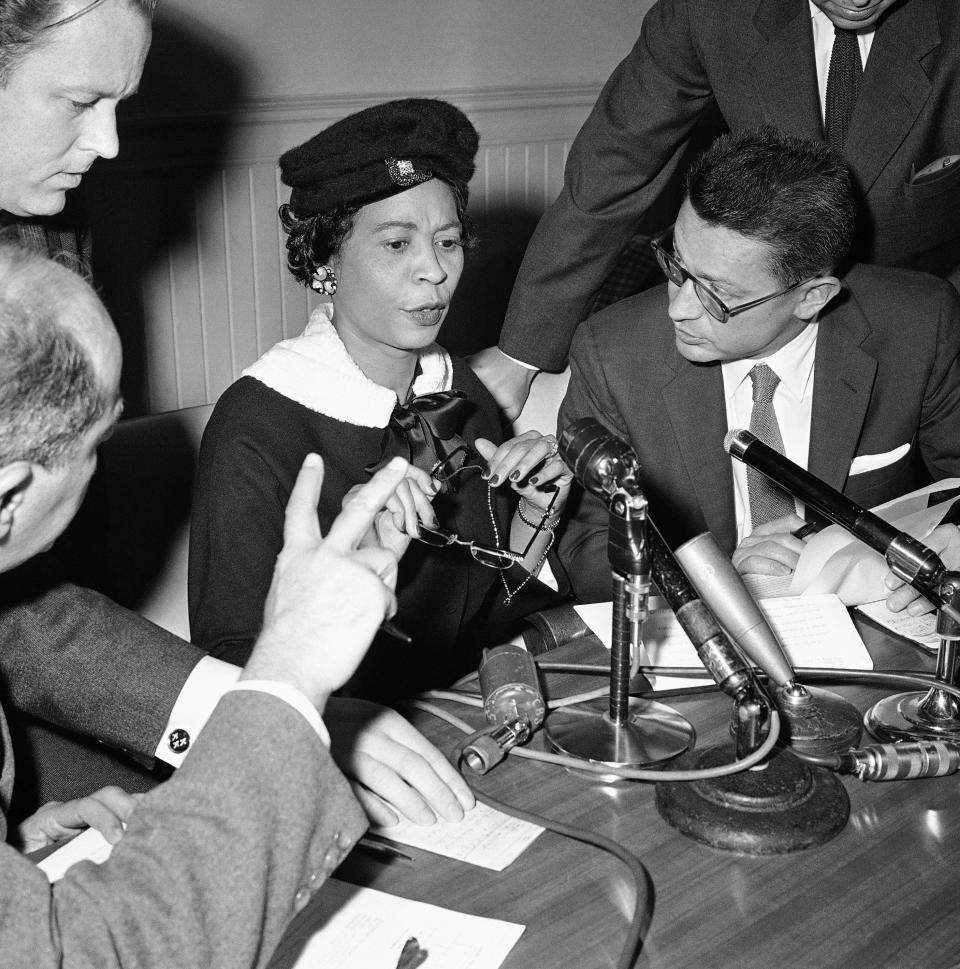
While Lewis’ speech was undergoing last-minute edits, entertainer and civil rights activist Josephine Baker spoke to the crowd to fill time, Weaver said.
Women, including famous performers Marian Anderson and Mahalia Jackson, also sang at the march. For Rutha Mae Harris, who sang "We Shall Not Be Moved" with the Freedom Singers that day, watching Jackson perform is one of her favorite memories of the march.
"She still is an inspiration even in her death," said Harris, 82. "I still sing some of her songs now."
Just before King spoke, Richardson and Horne were sent back to their hotel by march organizers, according to Jeanne Theoharis, author of "The Rebellious Life of Ms. Rosa Parks. " Richardson said she believed this happened because Horne was bringing Parks to journalists and claiming she's the one who started the civil rights movement, Theoharis said.
Horowitz, the transportation director, said although most people remember King's famous “I Have a Dream” speech as the day's highlight, Bates' speech was one of the most memorable for her. She said although she accepted at the time that women could not have a bigger speaking role, she now feels "it was a mistake."
"In retrospect let me say, it bothers me, and I agree with those people who say it should have been done," she said. "At the time, honestly, we felt that having Daisy Bates and honoring the four women was a valid thing to do."
March exclusion leads to organizing on sex discrimination
Jones said others saw the tribute as a “concession” to the demand that a woman be recognized as a major leader of the march, which did not occur.
“I think a lot of women saw it as halfhearted,” Jones said.
After the march, Theoharis said, 10 civil rights leaders met with President John F. Kennedy. Again, there were no women.
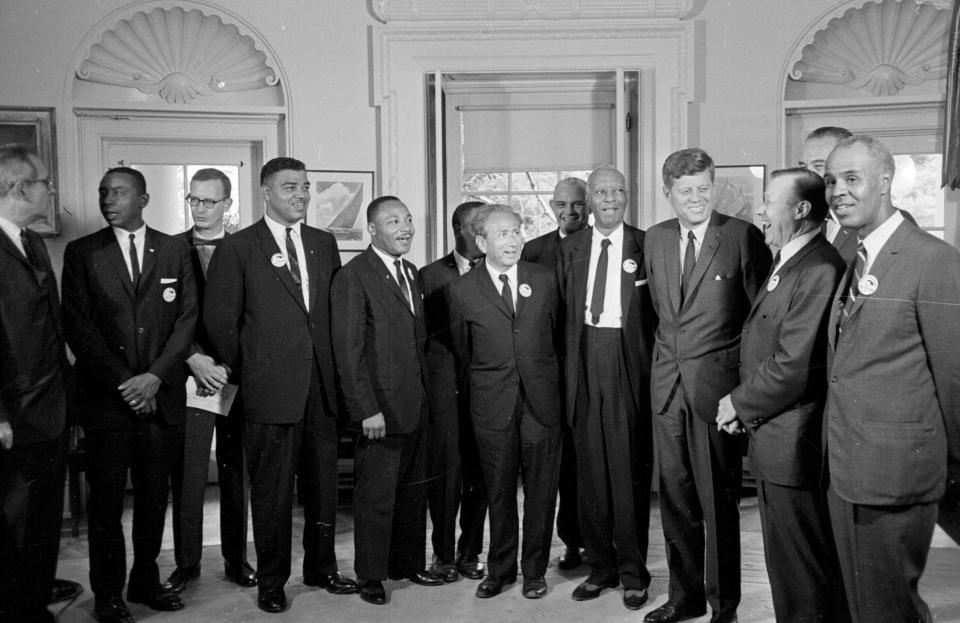
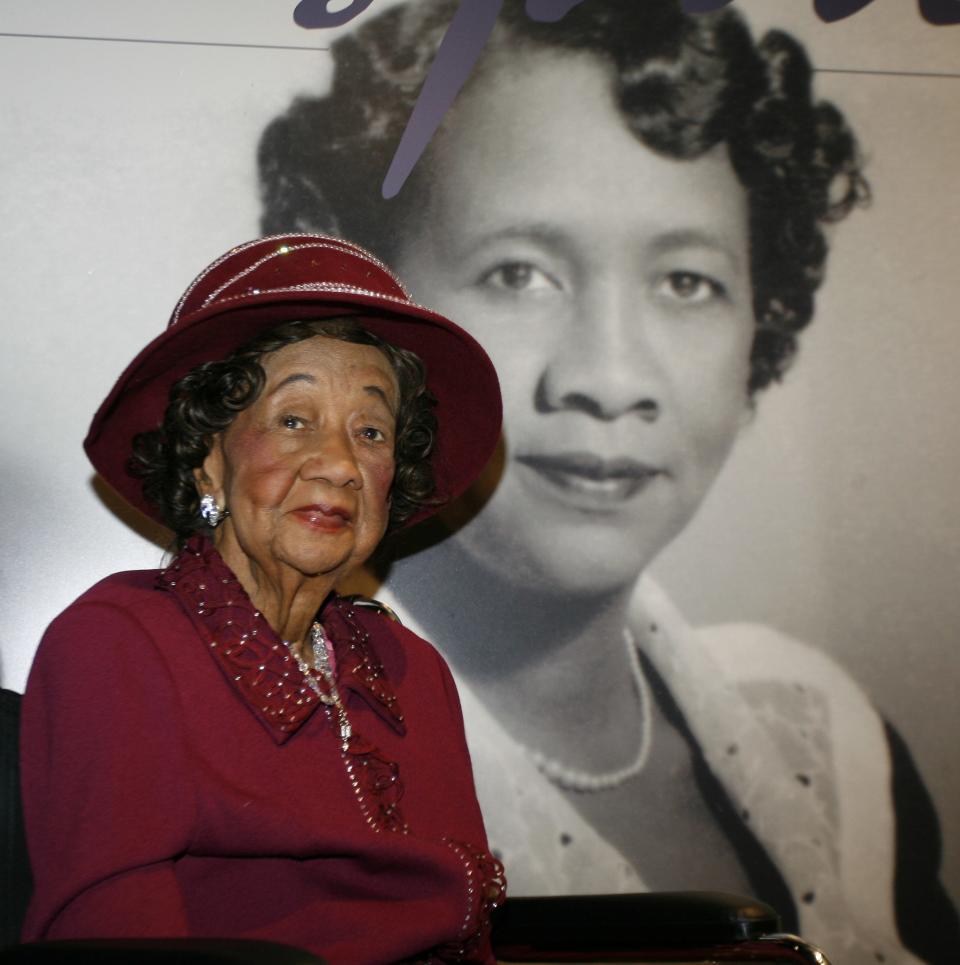
"Women are playing significant organizational and leadership roles and there's sexism," she said. "And those things are not a contradiction and we need to be able to see those things at the same time."
Some women took their exclusion from the public spotlight at the march as a sign they needed to organize on their own. Height, a key march organizer, planned a meeting after the march to discuss how to move forward, Jones said. Those conversations led women, particularly Murray, to push for the inclusion of a prohibition on gender discrimination in federal employment law, he said.
“And we began to realize that if we did not address issues such as this, if we did not demand our rights, we were not going to get them,” Height wrote in an essay about the march included in "Sisters in the Struggle: African-American Women in the Civil Rights-Black Power Movement." “The women became much more aware and much more aggressive in facing up to sexism in our dealings with the male leadership in the movement.”
‘Pivotal’ role of Black women still widely unknown
In the decades since the march, Jones said there has been more recognition that women like Parks are not symbolic figures, but rather experienced leaders and strategists. There are many women, including Hedgeman, Murray and Height, whose contributions remain largely unknown, he said.
Arline-Bradley said people today remain largely unaware "of just how pivotal the role of Black women was” to the march. Still, she said something in the national conversation has shifted.
'They fought back': The unsung heroes of the civil rights movement are Black women you've never heard of
“There is more understanding and respect for how Black women have consistently been at the table but intentionally removed from prominent spaces,” she said. “People are becoming more aware.”
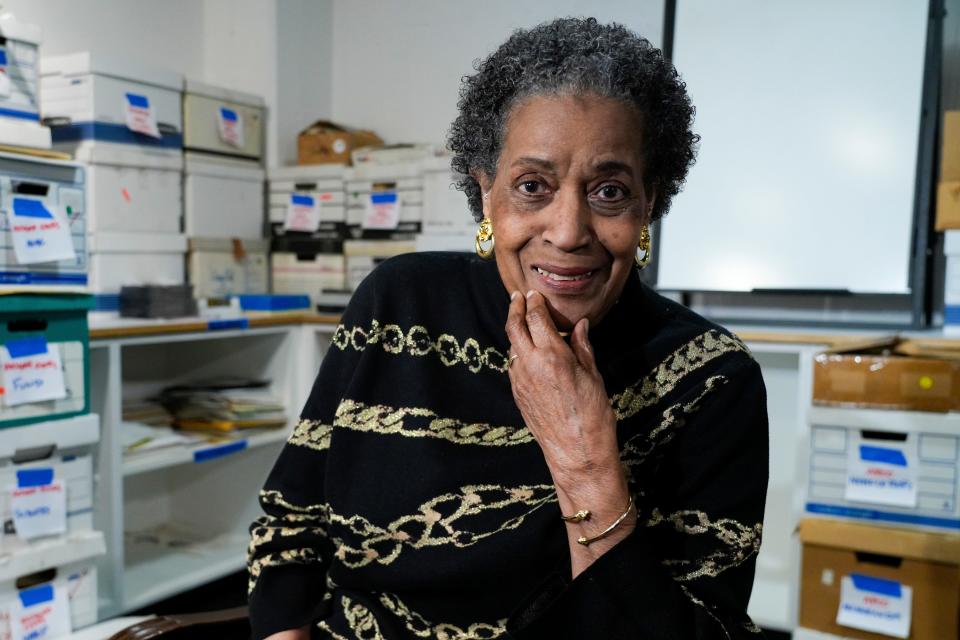
Arline-Bradley said she has seen organizers be “more intentional about acknowledging Black women” in commemorations of the march. Much of that work has been led by Black women wanting to “identify their own heroes,” she said.
Excluding Black women from commemorations of major moments in history like the March on Washington has disastrous consequences, she said.
"When we neglect to talk fully about the realities Black women face in this country, that puts prohibitive measures on our future,” she said. “It prevents future generations of young, Black women from realizing what is possible for them, what role they can have in these movements. That is dangerous.”
Contact Breaking News Reporter N'dea Yancey-Bragg at [email protected] or follow her on Twitter @NdeaYanceyBragg.
This article originally appeared on USA TODAY: As March on Washington marks 60th, a look at Black women's vital role